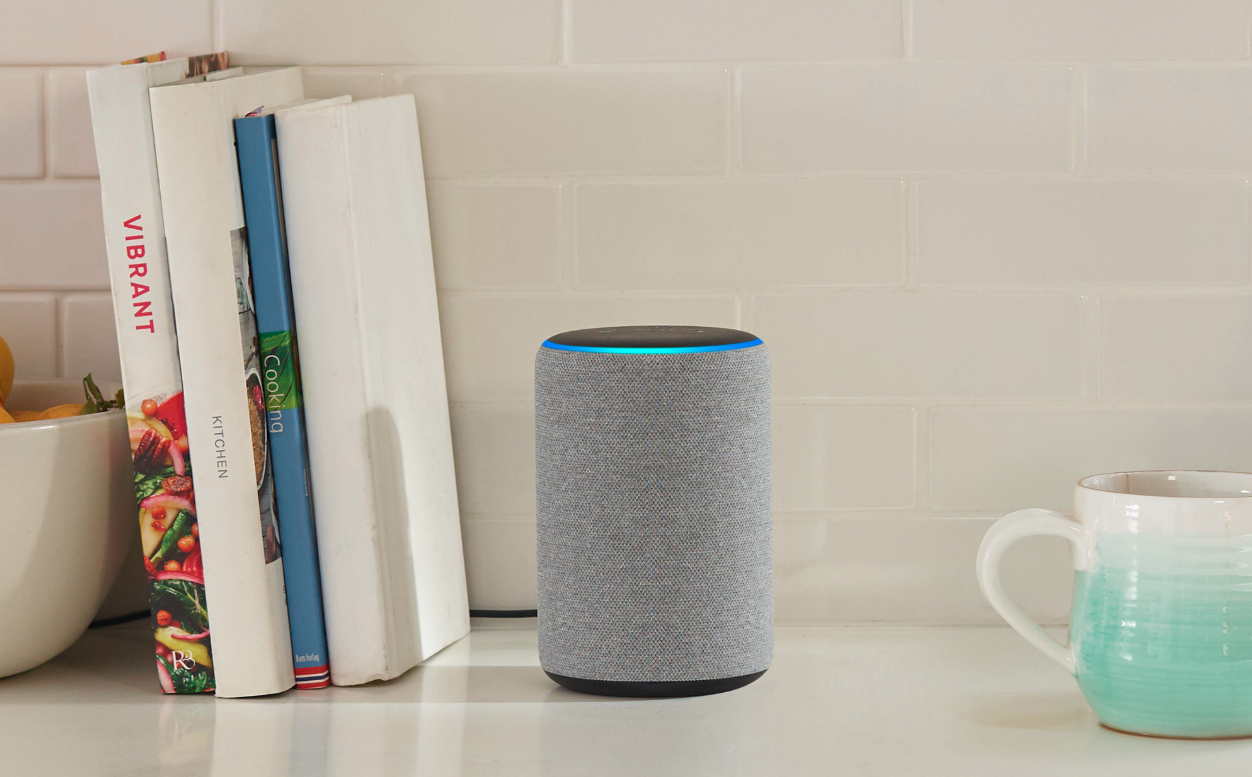Amazon has taught Alexa how to have whispered conversations
From October, Amazon's Alexa voice assistant will understand if you whisper and then whisper back. (This article was updated on March 3, 2025.)
The feature, which will come to US-based Alexa devices first before rolling out more widely, was mentioned briefly during Amazon's surprise Echo launch event last week. However, given just how complicated it was to teach Alexa the art of a whispered conversation, Amazon has gone into much more detail with a blog post.
Zeynab Raeesy, a speech scientist working in the Alexa division at Amazon, said: "Whispered speech is predominantly unvoiced, meaning the vocal cords, and it has less energy in lower frequency bands than ordinary speech."
This not only affects Alexa's ability to hear you in the first place, but also makes it more challenging to understand what you say next. Amazon had to work especially hard on teaching Alexa when a whispered utterance had ended, as the difference between whispering and speaking at a normal volume is harder to detect than when fully engaging your vocal cords.
A whispering Alexa may seem like a gimmick initially, but the benefits will be evident to those with very young children who may be asleep nearby. Alexa users with a partner they don't want to disturb — because they are sleeping after a night shift, for example - will also see the benefits of a more hushed assistant.
Raeesy added: "If you're in a room where a child has just fallen asleep, and someone else walks in, you might start speaking in a whisper, to indicate that you're trying to keep the room quiet. The other person will probably start whispering, too. We want Alexa to react to conversational cues in just such a natural, intuitive way."
Once whispering is activated in October, smart speaker owners in these examples can command Alexa and ask her questions without waking anyone up. This way, you can quietly ask her to turn on the lights, start the coffee machine for an early-morning caffeine boost, or have her softly read out your schedule for the day without disturbing anyone in the next room.
In December, Raeesy will present the Alexa division's findings at the IEEE Workshop on Spoken Language Technology.
Interestingly, Alexa already does a good job of recognizing her name when you whisper, although understanding what you say after is more hit-and-miss. Asking her if she can whisper causes her to say, in her normal voice, "Come closer, closer, just a little bit closer", then she whispers "Yes, I can whisper."
Given the work Amazon has put into developing a fully-fledged whispering mode, we suspect it will be somewhat more capable than this. That work, incidentally, involved Raeesy and her team creating two neural networks and testing them to determine which works best at detecting and understanding whispered commands.
Apple is also teaching its assistant, Siri, to understand whispers. A patent owned by Apple describes "a digital assistant capable of detecting whispered speech input and providing a whispered speech response." Apple suggests that such a feature could be beneficial when working in a library or in an office cubicle surrounded by colleagues.
A bonus of Siri—or Alexa and the Google Assistant—whispering back to you is enhanced privacy. When they read out incoming messages, emails, or calendar entries, people nearby won't be able to hear what's said.
Read More:
Check out The GearBrain, our smart home compatibility checker to see the other compatible products that work with Amazon Alexa.
